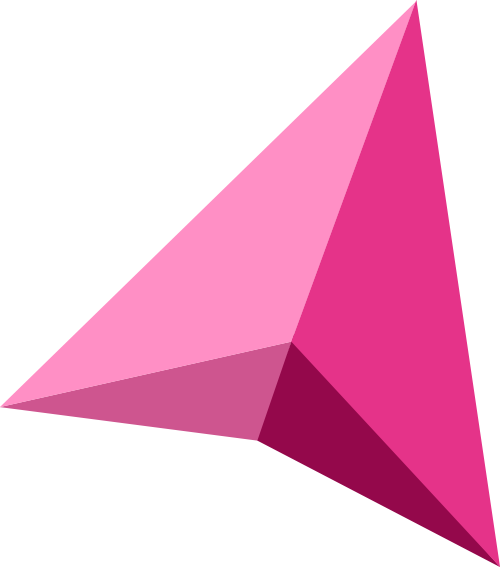Conceptual
Creating and understanding a game.
Ideas, Analysis & Iteration
Usually, game developers start with an idea or ideas about the game that they want to create. These ideas are the beginning of the game development process. Frequently, these ideas provide the motivation to go through the whole process.
After coming up with the initial ideas, it is vital to analyse and sort the them. What follows is iteration in many forms to develop your game concept. Usually, the analysis must happen in relation to:
- Graphics
- Market and competitors (target group, etc.)
- Technical challenges and team capabilities (platforms, game technologies, mechanisms)
- IP and brand potential (can this idea stand out between all the other ideas)
The iteration of concept work can be applied throughout the game development process for different parts of the game. Later-stage iterations may be used as stage-gates. These stage-gates define if the team should continue or cancel their production.
Prototyping
Prototyping your game concept is an important tool to test a game concept’s viability. Game prototypes can be used to test:
- Fun / Entertainment value
- Product / Market interest (e.g. publish on YouTube, see if you get views)
- Usability / Functionality
- Technical challenges (prototyping difficult technical aspects)
- Brand appearance (prototyping visual and test how target audience reacts)
Through prototyping you can learn about a variety of different metrics that are relevant for the game development process. Incubators should encourage teams to prototype with the purpose of:
- Proving that their game appeals to an audience
- Showing the key selling points of a game already with early prototypes
- General viability and not comprehensive success: First prototypes do not need to be built on solid technology or be future-proof. In fact most technology built (or even any content) for the first prototypes will be scrapped (thrown away).















